EXPLORE
10 Plants That Can Hurt You If You Touch Them
Published
2 months agoon

Shutterstock
There are many plants in nature that, while beautiful, can be dangerous if touched. Some of these plants have evolved to produce toxins or irritants as a defense mechanism against herbivores and humans alike. These harmful effects can range from mild irritation to severe pain, blistering, and even long-lasting scars. It’s essential to be able to identify these plants to avoid accidental contact and the resulting unpleasant reactions. In this article, we will explore ten plants that you should be cautious of when encountering in the wild or even in your garden.
Poison Ivy
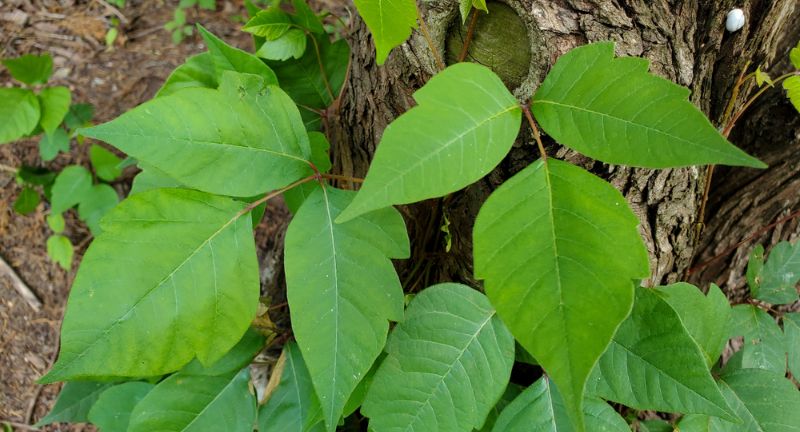
Shutterstock
Poison Ivy (Toxicodendron radicans) contains urushiol, an oily resin that causes an itchy, blistering rash upon contact. The rash can spread if the oil is not washed off immediately and can be very uncomfortable. It is commonly found in wooded areas and along riverbanks. Wearing protective clothing and knowing how to identify the plant can help avoid accidental contact.
Poison Sumac
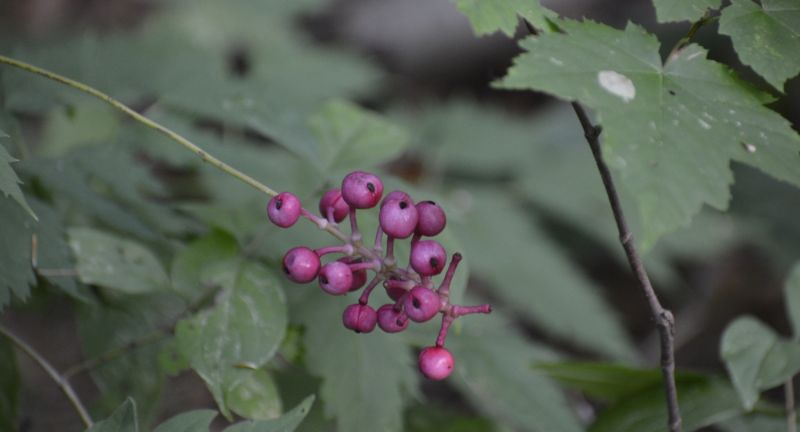
Shutterstock
Poison Sumac (Toxicodendron vernix) is another plant that produces urushiol, leading to severe skin irritation. Unlike poison ivy and oak, poison sumac is typically found in wet, swampy areas. The plant has smooth, elongated leaves and grows as a woody shrub or small tree. Contact with any part of the plant can result in a painful, itchy rash that requires medical treatment in severe cases.
Stinging Nettle
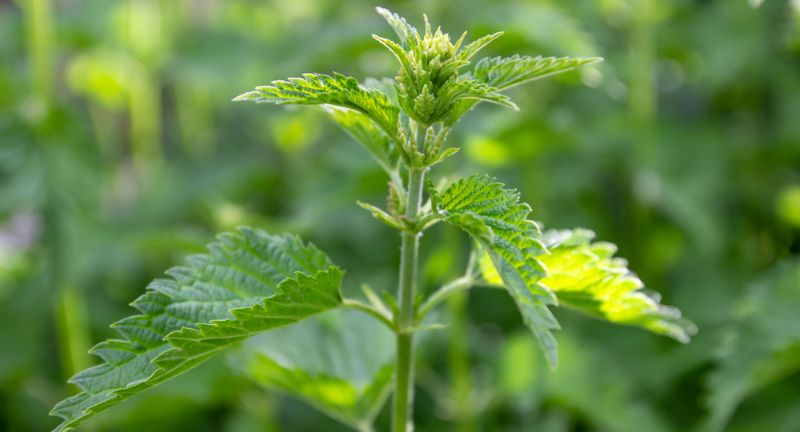
Shutterstock
Stinging Nettle (Urtica dioica) has tiny hairs on its leaves and stems that inject formic acid and histamines into the skin. This causes a painful, stinging sensation and often a red, itchy rash. The plant is commonly found in temperate regions and can grow up to six feet tall. Wearing gloves and long sleeves can help prevent contact with its irritating hairs.
Giant Hogweed
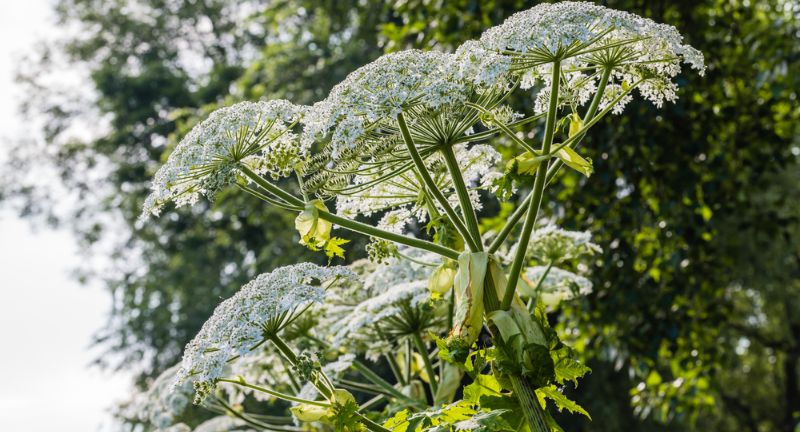
Shutterstock
Giant Hogweed (Heracleum mantegazzianum) produces a sap that contains furanocoumarins, which can cause severe skin irritation. Exposure to the sap, combined with sunlight, can result in blistering and long-lasting scars. This invasive plant can grow over ten feet tall and has large, white flower clusters. Extreme caution is advised when dealing with giant hogweed due to its potent sap.
Manchineel Tree
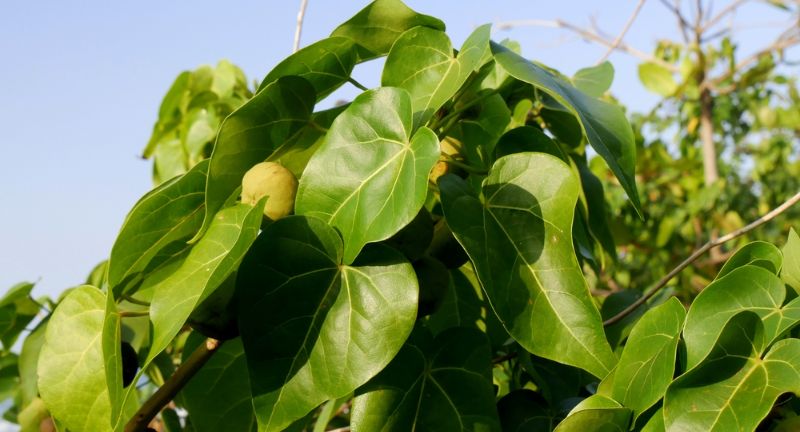
Shutterstock
The Manchineel Tree (Hippomane mancinella) produces a milky sap that is highly toxic. Contact with the sap can cause severe skin burns, painful blisters, and even blindness if it gets into the eyes. The tree is found in tropical regions, particularly in the Caribbean and Central America. All parts of the tree are hazardous, including its fruit, which is deceptively sweet-looking but extremely poisonous.
Wild Parsnip
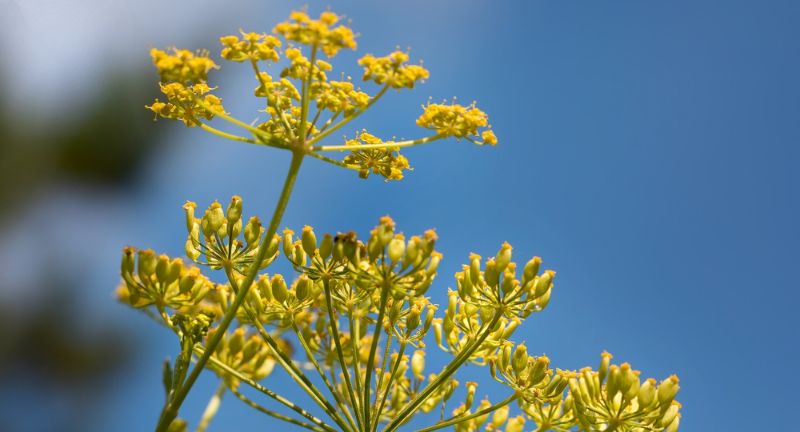
Shutterstock
Wild Parsnip (Pastinaca sativa) contains sap with chemicals that cause phytophotodermatitis. This reaction results in painful rashes and blisters when the sap is exposed to sunlight. The plant typically grows in open fields and along roadsides. Handling the plant with bare skin can lead to severe reactions, so protective clothing is recommended when removing or coming into contact with it.
Wood Nettle
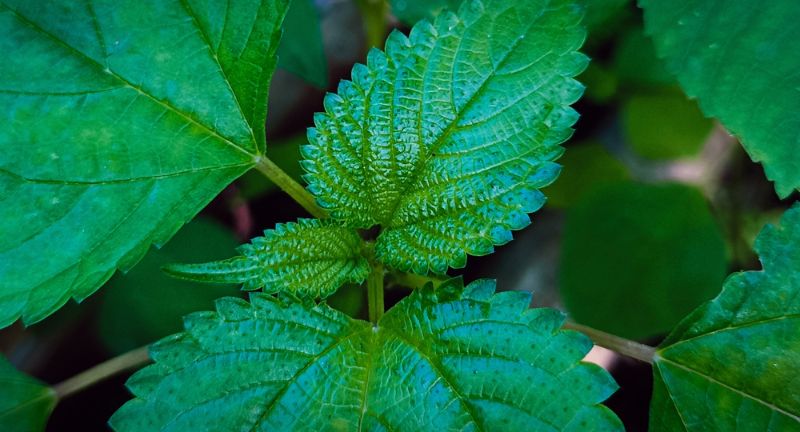
Shutterstock
Wood Nettle (Laportea canadensis) has hairs on its leaves and stems that inject irritating chemicals into the skin. Contact with these hairs causes pain, itching, and redness. The plant is typically found in moist, wooded areas and can grow up to four feet tall. Protective clothing can help prevent the painful reactions caused by its stinging hairs.
Cow Parsnip
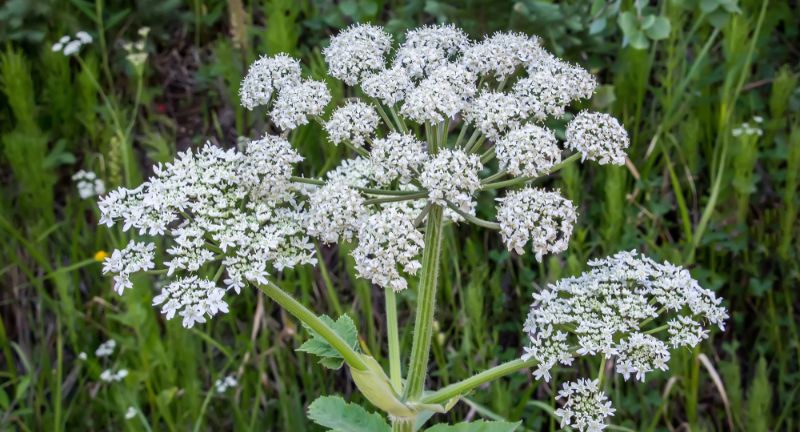
Shutterstock
Cow Parsnip (Heracleum maximum) produces sap containing furanocoumarins, which can cause skin irritation and blistering. When the sap is exposed to sunlight, it can lead to a condition known as phytophotodermatitis. The plant grows in open areas and can reach heights of eight feet. Protective measures, such as gloves and long sleeves, are essential when handling cow parsnip to avoid contact with its sap.
Gympie-Gympie
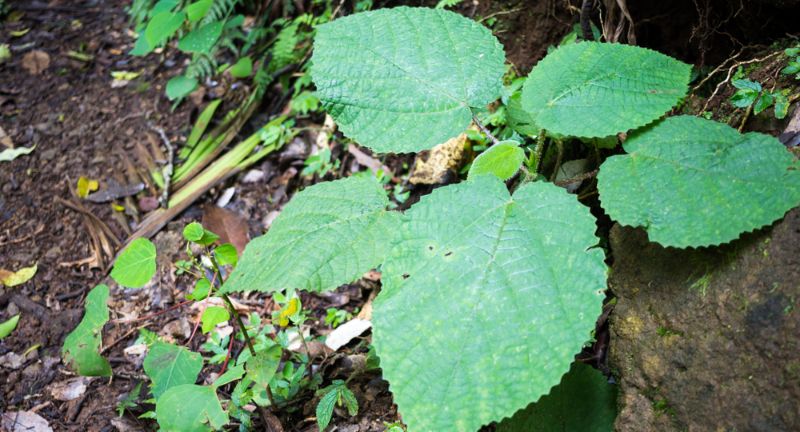
Shutterstock
Gympie-Gympie (Dendrocnide moroides), also known as the “suicide plant,” has needle-like hairs that inject a potent neurotoxin. Contact with these hairs causes extreme pain that can last for months. The plant is found in rainforests of Australia and parts of Indonesia. Due to its severe effects, extreme caution is advised when near this plant, and protective clothing is essential to prevent contact.
Poison Oak
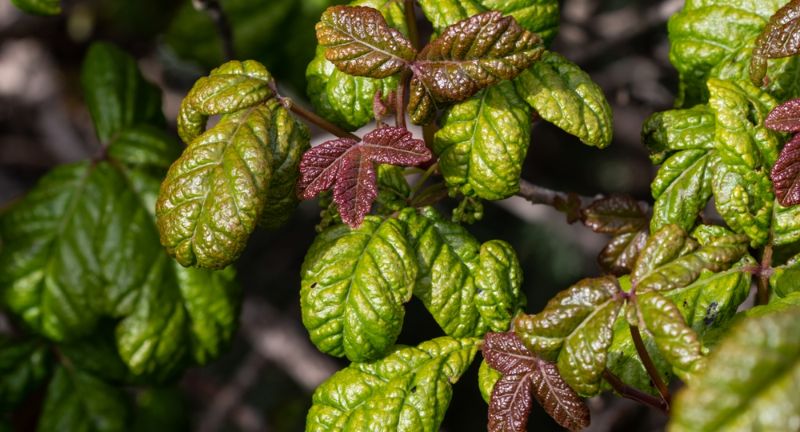
Shutterstock
Poison Oak (Toxicodendron diversilobum) also contains urushiol, similar to poison ivy, and causes a painful rash. The plant typically grows as a shrub in wooded or shrubby areas. Its leaves resemble those of an oak tree, which is where it gets its name. Avoiding this plant is essential, as the rash can be severe and spread through indirect contact with contaminated objects.
Conclusion
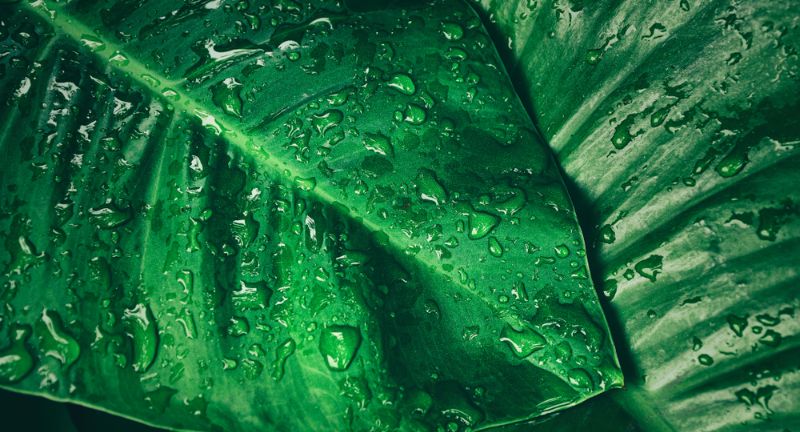
Shutterstock
While these plants can cause significant harm, awareness and caution can prevent most negative encounters. By learning to recognize these dangerous plants, you can enjoy the outdoors safely and confidently. Remember to wear appropriate protective clothing when hiking or gardening in areas where these plants may grow. If you do come into contact with one, it’s crucial to know the proper first aid steps to take. Stay informed and stay safe to fully appreciate the beauty and diversity of nature without the risk.
More From Bon Voyaged
-


8 Tips Cruise Travel Agents Leave Out When Helping You
-


Rare Photos From History That You Probably Haven’t Seen Before
-

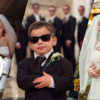
Relatable Wedding Moments We Know Too Well
-


9 Most Incredible Tunnels Around The Globe
-


25 Top Cruise Destinations For Older Adults
-


9 Craziest Natural Phenomenons From Around The World
-


25 Flowers And Plants That Thrive Going Into The Autumn…
-


9 Spookiest Places In The USA
-


9 Most Mysterious Creatures Living In The Ocean
-


25 Cities From Around The World That Are Actually Considered…
-


Extreme Adventure: Hiking the World’s Toughest Trails
-
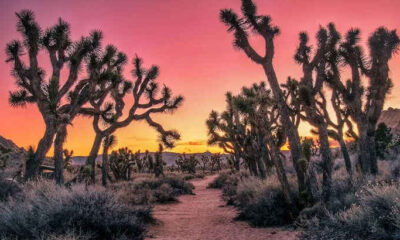

14 Beautiful Places To Visit Before They Disappear

